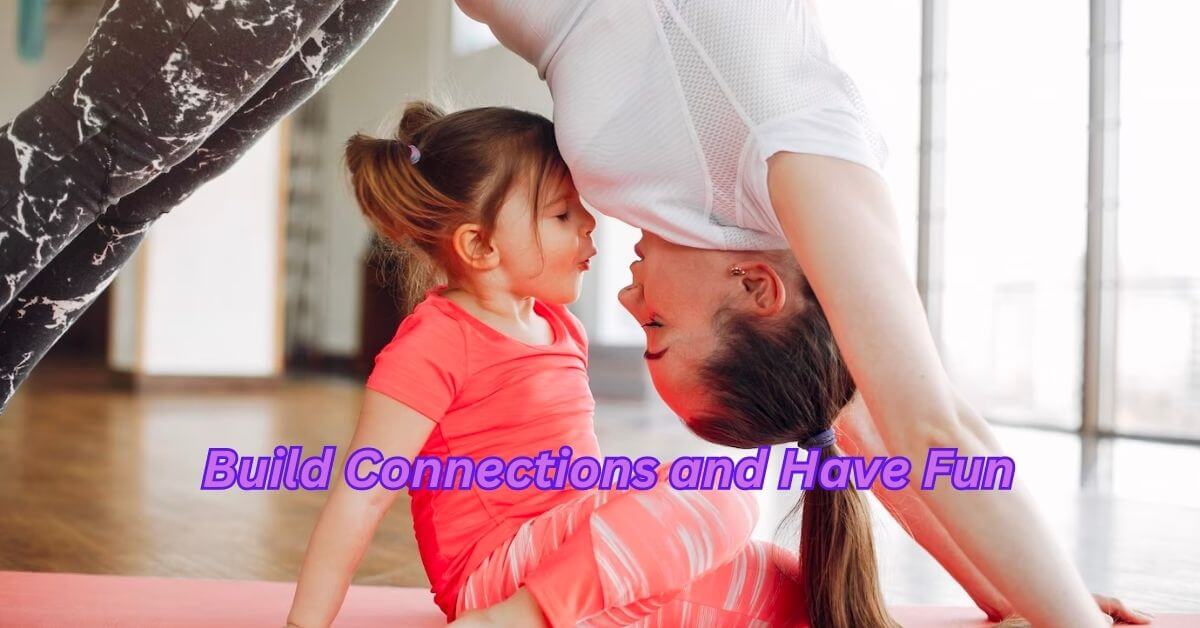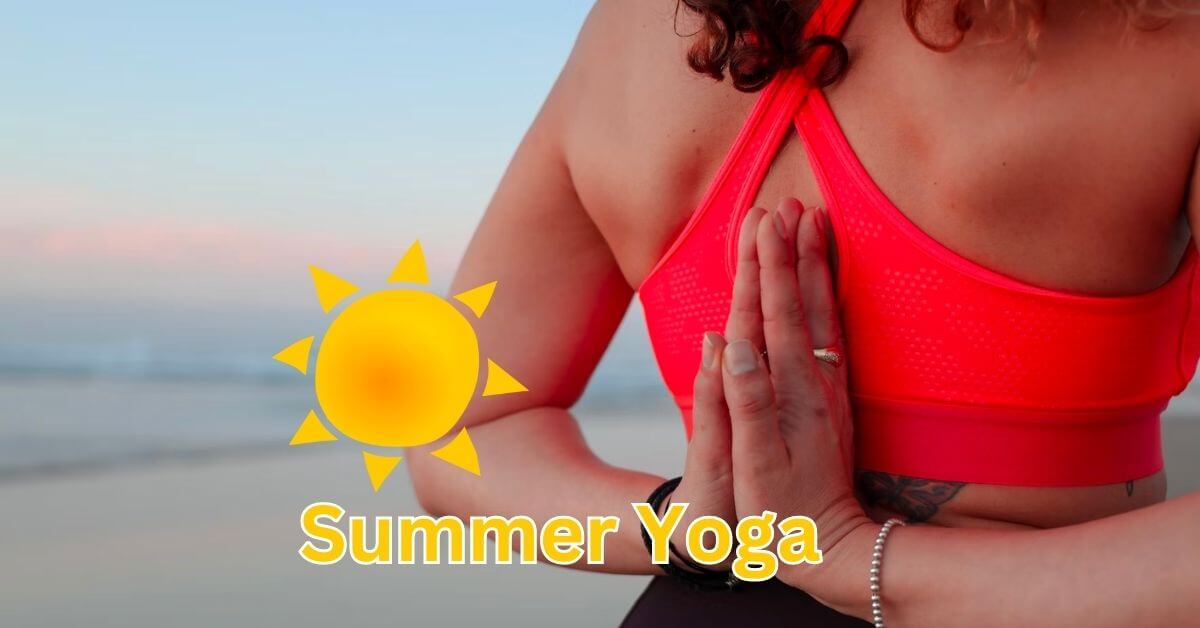Yoga is a great way for kids to connect with nature, animals, and experience the convenience of practicing yoga. Not only does yoga capture a kid’s imagination, but it also presents physical challenges that strengthen and flex their bodies. The benefits of yoga for kids include improved posture, bowel movement, and balance, as well as a stronger connection to their own bodies, promoting overall well-being and a sense of calm. Joint yoga sessions with parents create an opportunity for bonding and a pleasurable shared pastime.
Yoga classes for kids are dynamic, fast-paced, and accompanied by engaging visuals and storytelling. Each pose is named after elements found in nature, helping kids develop familiarity and fondness for the practice. As kids grow older, they can be challenged with more complex poses and longer durations in each position. For younger kids, we recommend starting slowly and using visual aids extensively.
Discover the Ten Steps for Yoga Practice with Your Kids:
Relaxation on the Back
Begin by lying on your back with your feet on the mattress, positioned at the width of your pelvis. Place your palms on your stomach and engage in “balloon breathing” by inhaling through your nose, envisioning your stomach filling up like a balloon, and exhaling as your stomach deflates. Repeat this exercise several times, using the imagery of a balloon to help kids breathe deeply into their stomachs.
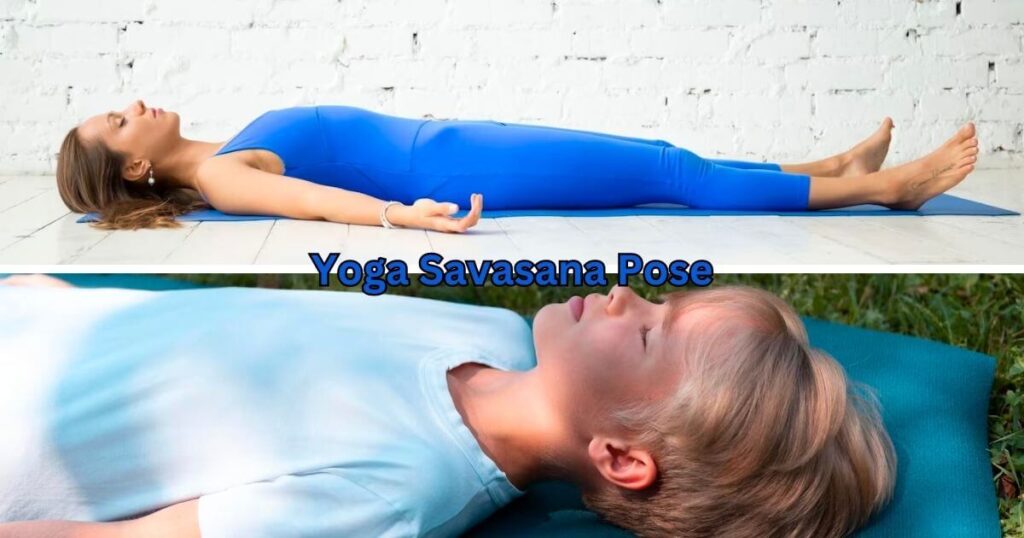
Rolling on the Side
Roll to the side multiple times, allowing your nose to touch the mattress with each roll. Gradually increase the momentum until you can transition into a sitting position with a forward roll and then lie down on your back with a backward roll. This movement is dynamic, stimulating, and fast-paced.
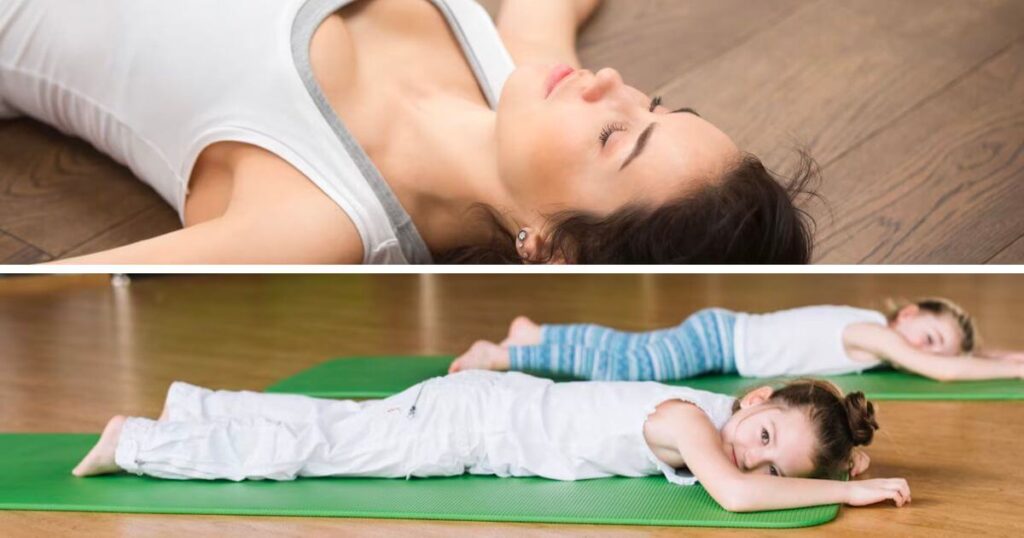
Butterfly Pose
Sit down, place one foot on top of the other, and open your knees to the sides. Hold your feet with your palms and move your legs up and down, resembling the flapping of butterfly wings. Stay in this butterfly position for a while, encouraging flexibility and balance. Spread your arms and move them like wings for added engagement.
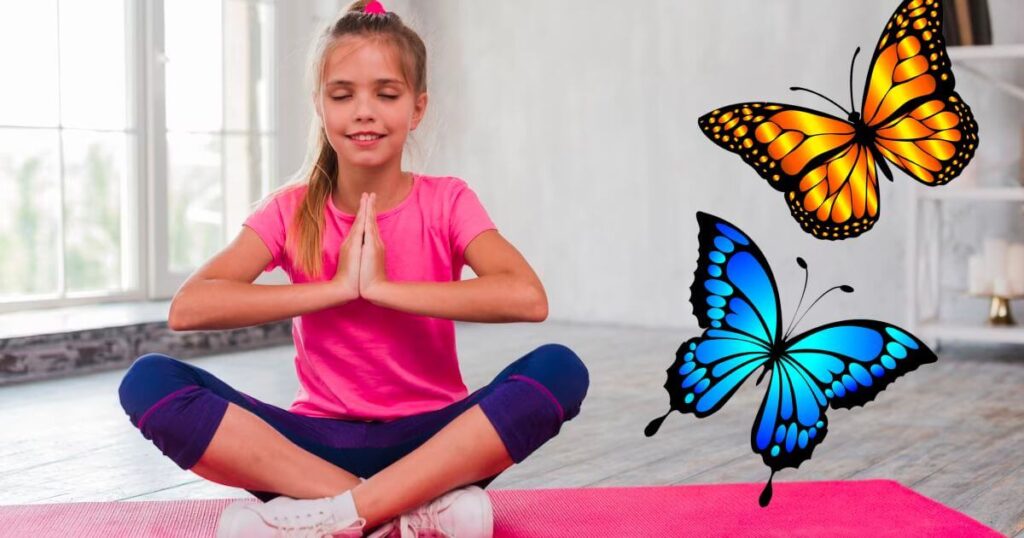
Expanding Butterfly Wings
Maintain the butterfly position and hold the inner arches of your feet with your palms. Lean slightly backward, focusing on opening your legs to the sides. Maintaining a slight bend in your knees is perfectly fine. Encourage kids to fix their gaze on a point in front of them while they bend their knees. If they lose balance, provide support from behind. This exercise enhances balance and stability. In the butterfly pose, place your feet on the mattress, bend your back, and bring your forehead closer to your feet.
Cat Pose
Assume the cat position with your hands shoulder-width apart, knees hip-width apart, and feet parallel to each other. Maintain a straight and long back. Emulate an “angry cat” by rounding your back, lowering your head, and creating an “angry” facial expression. Transition into a “happy cat” by arching your back, opening your chest, and smiling forward. Alternate between the two positions, repeating the exercise several times.
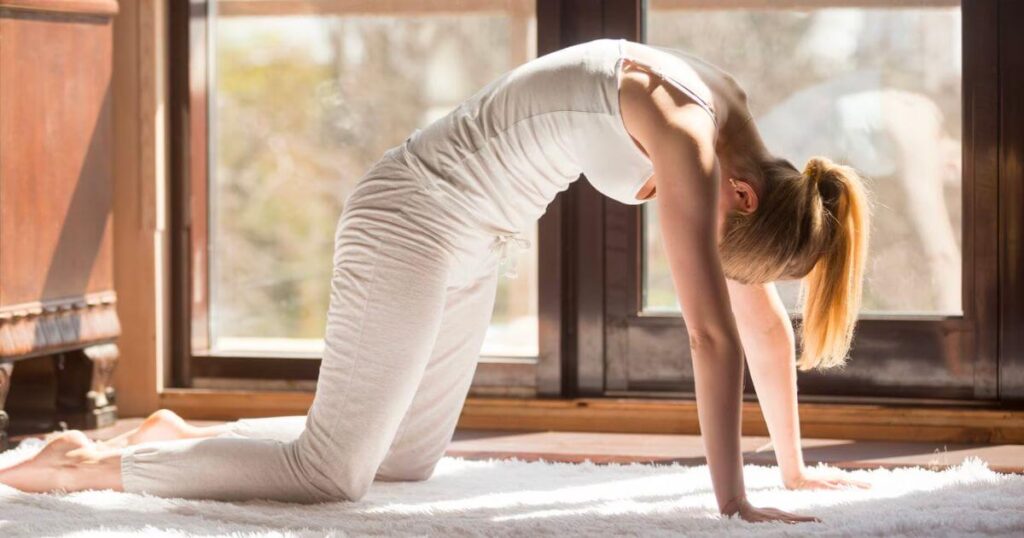
Cat Lifts a Leg
From the cat position, lift one leg up and back, keeping it parallel to the floor. Focus your gaze on a point opposite to your leg to maintain balance. Return the leg to the mattress and practice the same position with the other leg.
Advanced Variation
Increase the difficulty by simultaneously lifting the opposite arm and leg. For example, lift the right leg back and extend the left arm straight forward. Practice the opposite side as well. After completing the pose, relax in the “stretching cat” position by moving your buttocks back towards your heels, extending your arms, relaxing your stomach onto your thighs, and placing your forehead on the floor.
Downward Dog Pose
Start with your palms slightly ahead of your shoulder line, knees approximately hip-width apart, and feet parallel to each other. Straighten your legs, lift your knees off the floor, and raise your pelvis. Maintain a long and straight back, with your heels touching the mattress. Take a few deep breaths in this position. Release the pose and rest in the “stretching cat” pose.
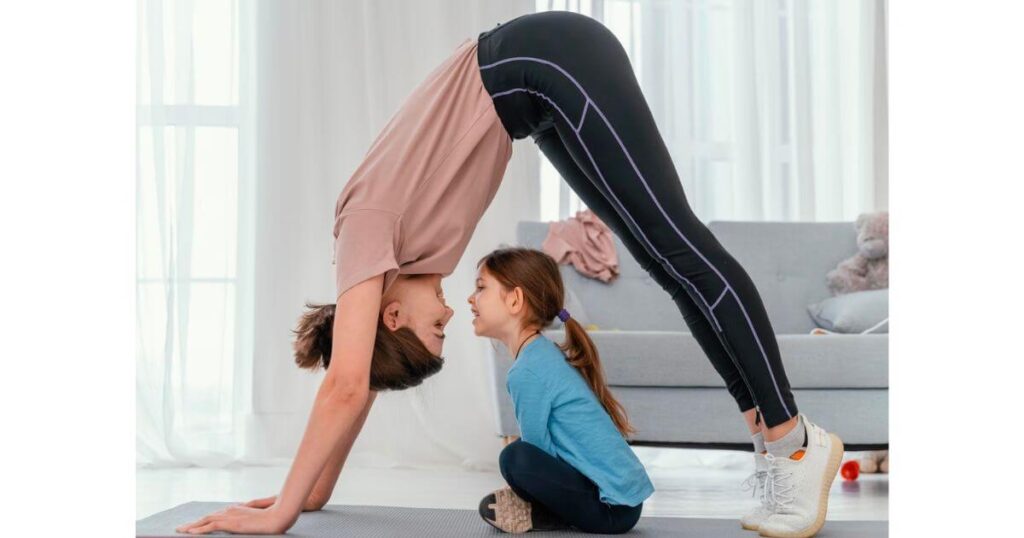
Mountain Pose
Stand with your feet hip-width apart and parallel to each other. Keep your hands by your sides, with relaxed shoulders and a straight back. Imagine standing tall and stable like a mountain, firmly grounded with your feet rooted to the ground. Parents can add a challenge by gently pushing the child from different directions, while the child tries to maintain stability. This exercise builds stability and balance, with the imagery of a mountain providing a sense of grounding.
Tree Pose
Starting from the mountain position, shift your weight to your left leg and lift your right leg. For younger kids, placing the right foot near the left knee is suggested. Maintain balance by keeping your hands in front of your chest and focusing on a fixed point. Once stable, raise your hands to the sides and clasp your palms above your head. Stay in the tree pose according to your comfort level. Lower your hands to the sides, release the leg, return to standing, and practice the pose with the other leg.
For kids who find it challenging to hold the pose, they can place their palms on a wall for support or practice in pairs with a parent or partner.
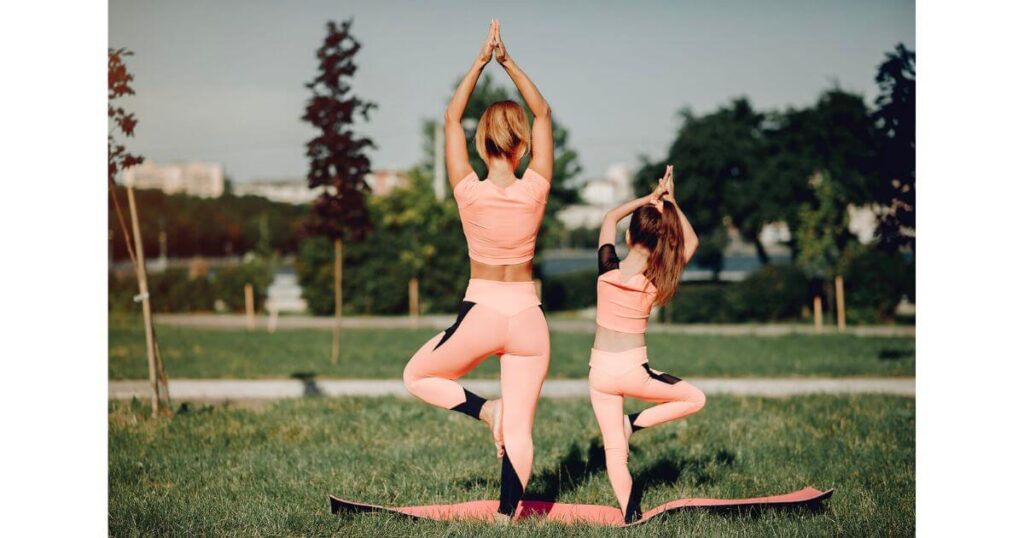
To conclude the practice, lie on your back with legs straight and slightly apart. Place your hands on your stomach. Just as at the beginning, take deep breaths into your stomach, focusing on the “balloon breath.” Return to normal breathing and release your hands to the sides. Visualise your body sinking into the mattress, feeling the heaviness and relaxation of your organs. Parents can guide their kids through this relaxation process using soothing music and a calm voice. Encourage relaxation by saying things like, “Feel your feet becoming heavy and relaxed, sinking down.” Focus on the main body parts to accommodate kids’ limited patience.

